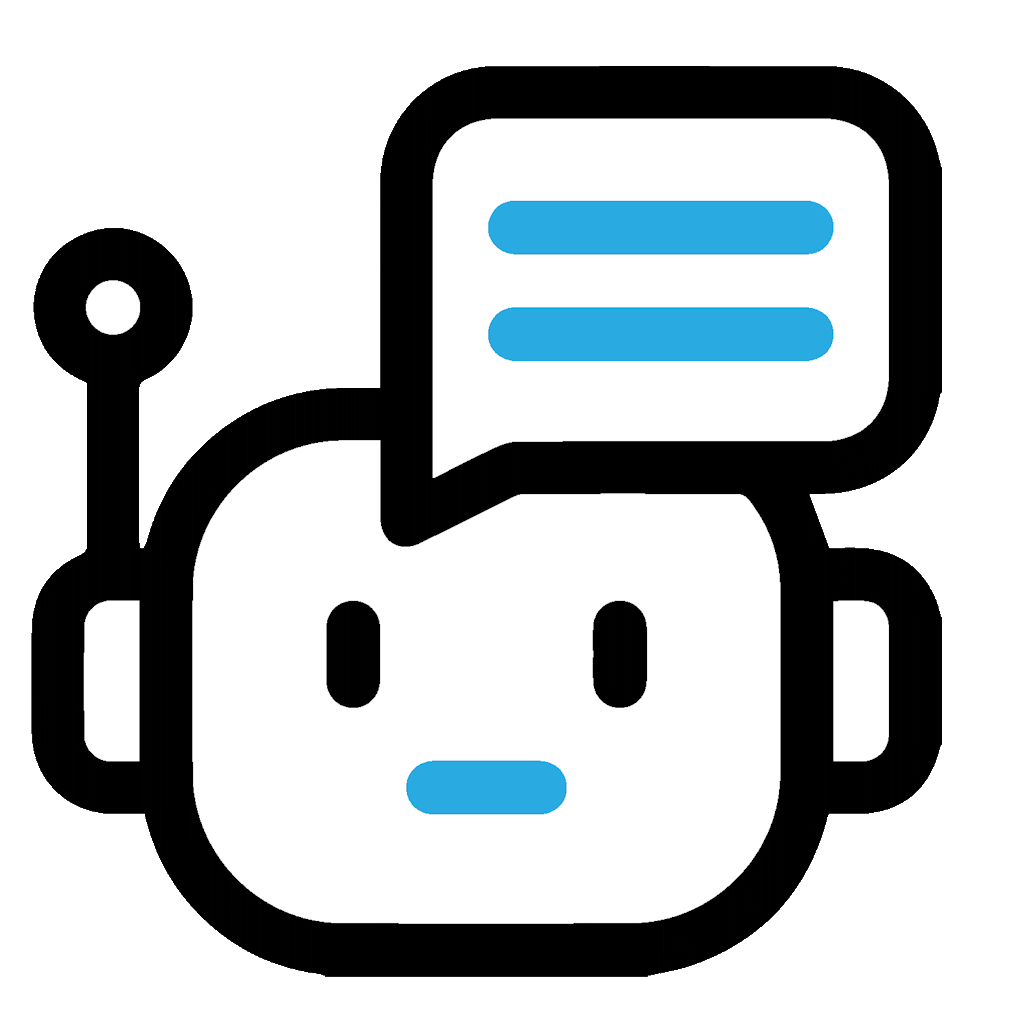AI ethics and human-computer interaction (HCI) are an interesting field of study. This area has little research with a vast potential to grab and research. The field is relatively new compared to its counterpart branches, and there is a wide scope to discover its applications and implications.
AI ethics emphasizes promoting transparency, fairness, and accountability, preventing bias, protecting privacy, and addressing equitable use as well as access to AI technologies. WTheHCI, on the other hand, paves the way for innovative designs of applications that are user-friendly and beneficial for humans. The output of the intersection of these two studies brings forth some interesting results for the researchers to explore to gain insights.
The importance of these combined studies leads the way for producing AI devices from the ethical point of view centered on users and their interaction with technology. This engages the manufacturing of tech that weighs for protection AI ethical values that are of advantage for humans. Repellin harm practices and ensure equitable access to the new trends.
Ethical Principles in AI
Using artificial intelligence (AI) in many areas needs ethical rules. These rules help to make sure that AI gives good and helpful results. Important ethical ideas include transparency, fairness, accountability, privacy, inclusivity, sustainability, safety, and integrity. It is important to follow these ideas to build trust and connect AI systems with what society believes.
1. Transparency
Transparency is very important for ethical AI. It makes sure that systems work in a way that users can understand. When processes and decisions are clear, AI builds trust and accountability. It also stops hidden biases or bad practices. This helps users to feel confident when using these technologies.
2. Fairness
Fairness in AI wants to stop discrimination. It also wants to treat all people equally, no matter their background. It is important to fix biases in data and algorithms. This way, AI systems do not continue social inequalities. By including fairness, developers can make technologies that help many different groups.
3. Accountability
Accountability means that developers, organizations, and stakeholders must take responsibility. They must be responsible for how AI systems are designed used, and their effects. This means they need to fix mistakes and follow ethical standards. Clear accountability helps to develop responsibility and builds public trust in AI.
4. Privacy
Respecting the ethical question of user privacy is very important for ethical AI. AI systems must keep data safe. They must also give users control over their personal information. Good privacy rules help to lower risks like data breaches. This makes sure that AI works in a way that respects people’s rights.
5. Inclusivity
Inclusivity means that AI technologies must meet the needs of all users. This includes people from marginalized or ignored groups. It is important to design systems that everyone can use. This also means breaking down barriers for some populations. Inclusive AI promotes social good by making sure that everyone benefits.
6. Sustainability
Sustainability in AI development is important. It tries to reduce harm to the environment. AI systems need to use less energy and produce less carbon. This work helps to fight climate change. Sustainable AI practices help today and future generations.
7. Safety
Safety is very important in ethical AI. It aims to keep users safe from risks. This means creating protections to stop bad things from happening. A safe AI design makes sure that technology works well. It gives users trust and safety in real life and online.
8. Integrity
Integrity is about using AI in a good way. It stops people from misusing AI. Developers must follow ethical rules when they create and use AI. This way, AI can match what society values. This builds trust and stops bad use of technology. It ensures that AI helps people in a moral and moral way.
By following these rules, AI can grow to be a force that respects people. It can help build trust and lead to good innovation. Following these guidelines makes sure technology helps people, not the other way around.

Key Principles of Human-Computer Interaction
HCI is about making the connection between people and computers better. It helps technology be easy to use and responsive to people. The main ideas are usability, user engagement, feedback, managing mental effort, and personalization. Using these ideas helps people feel satisfied and work better.
1. Usability
Usability is very important in HCI. It means making designs that are easy to use. Systems should be simple and fit what users need. Through testing and fixing, usability ensures that using technology is easy and smooth. This helps people reach their ethical goals without too much effort or confusion.
2. User Engagement
User engagement is about making interactions fun and meaningful. Developers can enhance the connection between users and systems by using emotional AI design and building trust in the technology. Engaging interfaces are important. They go beyond just working well. They also look good, respond quickly, and are reliable. This makes users happy and keeps them interested over time.
3. Feedback Mechanisms
Feedback mechanisms are very important. They help connect users and technology. Good systems give clear and immediate feedback during use. This feedback helps users and supports their actions. Systems also need to use user feedback for updates. This helps improve the technology and meet user expectations.
4. Cognitive Load Management
Reducing cognitive load is very important. It helps make systems easy to use. Simple designs and clear navigation help users focus. This way, they do not feel overwhelmed. By removing unnecessary complexity, systems can work better. This allows users to finish their tasks quickly and confidently.
5. Personalization
Personalization is also important. It increases user satisfaction by adapting systems to individual needs. Adaptive interfaces and customization options make systems more relevant. When users can change features to fit their own ways of working, they feel more in control. This also makes systems easier to use.
Using these principles can change technology into a natural tool in everyday life. By combining function with a focus on people, these practices help create systems that connect deeply with users. This way, technology becomes an empowering part of their lives.
Integration of AI Ethics in HCI Design
Integrating AI ethics into HCI design is very important. It helps keep technology matched with human values while being new and useful. This process focuses on creating systems that are not only effective but also fair and clear. Ethical integration builds trust, reduces harm, and encourages responsible use of AI technologies.
- Ethical Design Approaches: It is important to include ethical principles like fairness, transparency, and user control in AI systems. These systems need to be fair and trustworthy. Developers can reduce bias and build trust by adding these values to the design process. Case studies of ethical HCI applications show how these principles work well. They share successful examples and solutions to common problems in responsible design.
- User Education and Awareness: Teaching users about AI helps them use technology responsibly. Departing ethical education, when users know how AI works, they can make better choices. They can understand AI’s abilities and limitations. Promoting ethical use raises awareness about important issues like data privacy and algorithm bias. This helps users adopt AI thoughtfully.
When we put ethics at the heart of HCI design and educate users, AI can improve human experiences while following social values. This complete approach makes sure that new technology is both exciting and responsible.
Challenges and Barriers
AI and Human-Computer Interaction face many challenges that make it hard to use them well and ethically. These ethical problems include technical issues and cultural differences. It is important to tackle these barriers to create systems that can work well around the world and are ethically correct. Knowing these challenges helps us create responsible technologies that focus on users.
- Technical Limitations: There are still big technical problems in AI and HCI. Many complex algorithms do not show how they work, which makes it hard to find and fix biases. Also, advanced AI systems need a lot of computer power. This can make it hard for small organizations and low-budget projects to access and use them.
- Organizational and Corporate Policies: Company goals and policies can create challenges in putting ethics into AI and HCI practices. Businesses often focus on profit more than ethics. This can lead to less fairness, transparency, or inclusivity. A lack of rules and guidelines makes it harder to match business plans with ethical ideas.
- Diverse Culture and Perspectives: Cultural differences affect how people view AI ethics and HCI principles worldwide. What one region calls ethical may not match what another region thinks. Global teamwork meets difficulties in bringing together different views. This makes it hard to set common ethical standards.
To overcome these problems, people must work with ethical training together across different fields, industries, and places. If they address these issues, AI and HCI can connect better with global values and ethics. This will help technology work for humanity in a responsible and inclusive way.
Future Aspects of AI Ethics and HCI
Future challenges in AI Ethics and HCI involve new technologies like quantum computing, generative AI, and autonomous systems. These technologies provide chances for new ideas but also need careful thought about ethics. If we include ethical ideas from the start, these technologies can help people while solving social problems.
Many people, like developers, companies, policymakers, and users, play an important role in making lawful ethical choices for AI and HCI. Working together can create strong ethical guidelines that include many social values. These people should support openness, responsibility, and inclusivity to make sure everyone benefits from technology, no matter their background or culture.
The link between AI Ethics and HCI offers a lot of research opportunities. It focuses on challenges like reducing bias, making adaptive interfaces, and designing for users. There is also a need to study different cultures to understand ethical ideas around the world. If researchers focus on these areas, new ideas can match ethical values and build trust in technology.
Conclusion
AI Ethics certification and HCI are very important. They help technology change in a good way. These changes also make life better for people. We need to include ideas like being open, fair, responsible, and inclusive in AI systems. These ideas help create tools that work well and respect people’s values and rights. When we combine AI Ethics and HCI, we make systems that are easy to use and fair. This helps build trust and engagement among different groups of people.
As technology grows, there are many challenges and chances. We need to keep working together in this area. People from different sectors must join to create ethical guidelines. We must also make sure everyone can access AI-driven solutions. By focusing on new technologies and teaching users, we can break down barriers. This way, AI and HCI can create technologies that match important human values. This connection will lead to a future where AI helps people and creates real progress in life.

